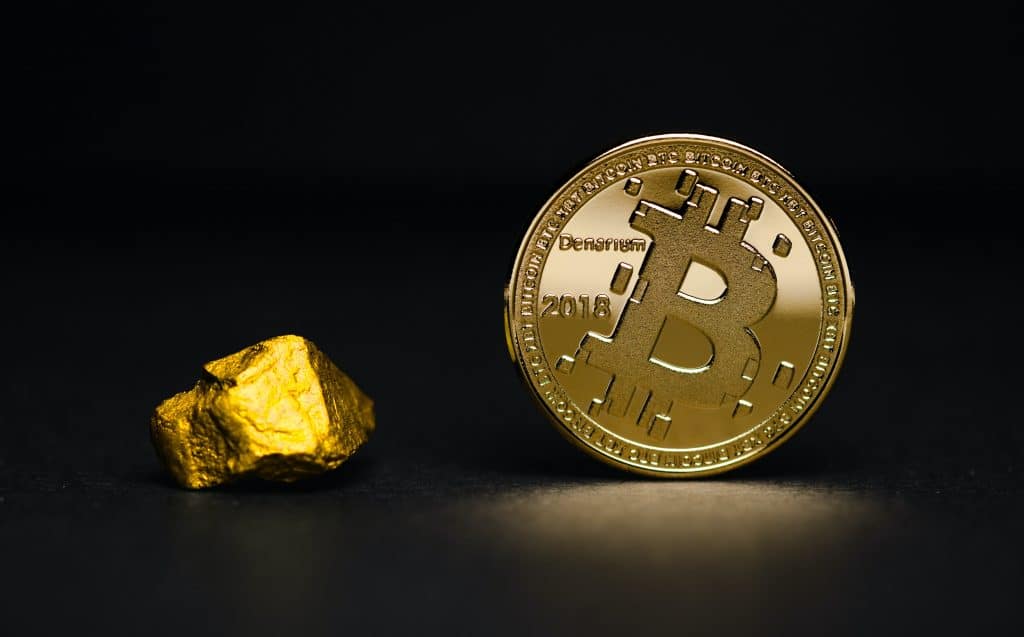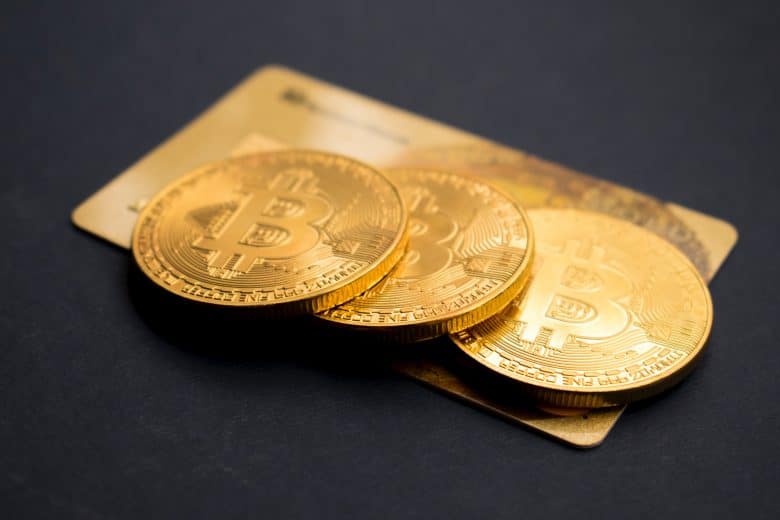The allure of precious metals is easy to see. Their beauty, value, status as a store of value, and inflation hedge make them a popular asset for investors eager to diversify portfolios.
Some metals, like palladium and silver, are essential components in specific industrial processes and in various pieces of technology.
As a result, it is not surprising that cryptocurrencies backed by precious metals are a popular asset.
Stablecoins with a reserve asset of metals like gold, silver, palladium, or even platinum, like with PlatinumCoin.com, let investors purchase digital currencies with the option to redeem for physical bullion at their convenience.
While stablecoins backed by bullion gain market prominence, many wonder how coins in this cryptocurrency class actually work.
How are these coins structured to remain stable in the face of market volatility? Keep reading for a better understanding of how cryptos backed by precious metals work and function.

Backed By Real Audited Assets
Cryptocurrencies backed by precious metals need to have an adequate amount of bullion in reserve. If not, the price of the coin could become completely worthless. Transparency is often one of the trickiest elements when it comes to stablecoins. Some crypto users are not interested in investing in projects they feel are too centralized around one entity who issues coins.
Others are wary about project claims when it comes to the number of reserve assets on hand. As a result, legitimate and well-known precious metal-backed stablecoins conduct a variety of auditing practices to ensure holders the right amount of assets properly backed their coins.
Many projects will have reputable third-parties conduct comprehensive audits and reviews of stored assets. Others will contract with well-known bullion storage providers to hold and account for precious metals stored in vaults.
Some projects will even go steps further and provide options for coin holders to instantly verify their holdings or even look up the serial numbers of bullion bars assigned to their specific digital coin holdings.
Investors who know enough physical bullion backs their digital coins are more apt to buy, sell, and trade the cryptocurrency. This helps the viability of the coin and can even help the token rise above the underlying asset’s spot price.
For expensive metals like platinum or palladium, a surging coin price could reap a strong return on the initial investment. However, the price of a cryptocurrency backed by a precious metal will never dip below the reserve asset’s spot price, even if the wider cryptocurrency market crashes.
Since bullion has long been at a stable price point across history and usually rises in times of economic uncertainty, stablecoins backed by precious metals are a lucrative investment option in the eyes of many. For example, gold prices jumped by 50.6% from September 2010 to September 2011, according to the U.S. Bureau of Labor Statistics.
Important Considerations When Purchasing Cryptos Backed By Precious Metals

Bullion like gold and silver is faked at alarming rates. Bogus coins and bars have been flooding global markets, often coming from nations like China.
Much fake bullion is plated with a little bit of the actual metal, which means the item will pass an acid test. Filling the interior with a base metal like tungsten helps the fake item make it past a weight test, and overall very difficult to spot except in a professional’s hands.
As a result, investors interested in cryptocurrencies backed by bullion should be prudent from who they buy from. Well established projects will only utilize 99.9% pure (or equivalent) precious metals to back coins.
They will also be transparent and open about where the gold comes from and where it is stored. Like the Perth Mint Gold Token, some projects rely on bullion from a government-managed mint – giving holders strong reassurance about the coin’s validity.
Investors should study the audit results for cryptocurrency projects backed by physical bullion very carefully. Legitimate projects will not be afraid to share third-party reviews.
They will take any necessary steps to be transparent and open with holders about physical bullion’s buying and redemption process. Projects that do not do so should be ignored.
The basic mechanics of how cryptocurrencies backed by precious metals work is pretty easy to understand. Coins backed by physical bullion give the digital asset a stable price point, with the potential to rise in value if the coin proves to be popular. Backing with physical bullion also permits holders to redeem their digital assets for real bullion.













Leave a Reply